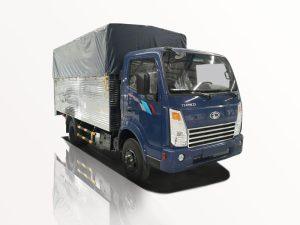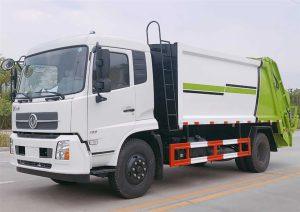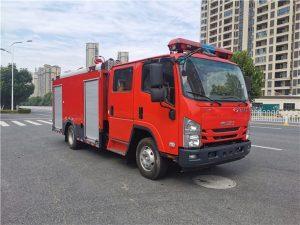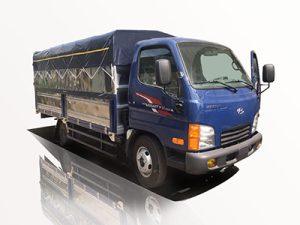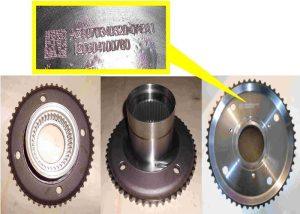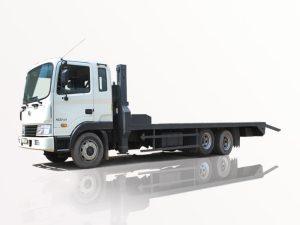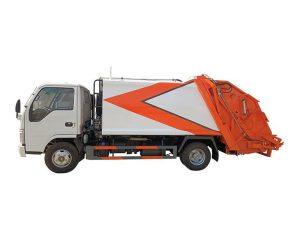Monday to Saturday - 8:00 -17:30
Modern Fire Trucks: Innovation and Advancements in Firefighting
Firefighting is a demanding profession that relies heavily on the quality and functionality of firefighting equipment. Among the most crucial of these tools is the fire truck. The modern fire truck represents the culmination of years of engineering, technology, and practical necessity, designed to enhance safety, speed, and efficiency in emergency situations. This article explores the latest advancements in modern fire trucks, highlighting their features, capabilities, and the impact of innovation on firefighting efforts.
The Evolution of Fire Trucks
Historical Background
The history of fire trucks dates back to ancient civilizations, where firefighters relied on hand-operated pumps and horse-drawn carts. The transition to mechanized fire engines in the early 20th century marked a significant leap in firefighting efficiency. Today, fire trucks have undergone radical transformations in both design and functionality.
Key Milestones in Fire Truck Development
| Year | Innovation |
|---|---|
| 1800s | Introduction of horse-drawn fire engines. |
| 1900s | Mechanization with gasoline-powered engines. |
| 1950s | Development of aerial ladder trucks. |
| 2000s | Integration of advanced technology and materials. |
Features of Modern Fire Trucks
Firefighting Equipment
Modern fire trucks are equipped with advanced firefighting tools that enhance their operational capabilities. Key equipment includes:
- Water Pumps: High-capacity pumps can discharge hundreds of gallons of water per minute.
- Hoses and Nozzles: Various hose types and adjustable nozzles cater to different firefighting needs.
- Fire Extinguishers: A variety of fire extinguishers for tackling different types of fires.
Mobility and Accessibility
Modern fire trucks are designed for optimal mobility, allowing them to reach fires quickly. Key aspects include:
- All-Terrain Capability: Many fire trucks are built to navigate rough terrain, ensuring access in remote areas.
- Compact Designs: Some fire trucks have smaller profiles to maneuver through narrow city streets.
Safety Features
Safety is paramount in firefighting. Modern fire trucks are equipped with essential safety features:
- Stability Systems: Advanced stability systems to prevent rollovers during operations.
- Integrated Communication Systems: Real-time communication tools for effective coordination during emergencies.
Technological Innovations in Fire Trucks
Advanced Monitoring and Control Systems
Modern fire trucks utilize sophisticated monitoring systems that allow firefighters to track critical data such as:
- Water levels in tanks
- Engine performance metrics
- GPS navigation for accurate routing
Drone Technology
Some fire departments are integrating drones into their operations. Drones assist with:
- Aerial surveillance for assessing fire spread
- Rapid assessment of inaccessible areas
Design and Aesthetics of Modern Fire Trucks
Customization Options
Fire trucks can be tailored to meet specific needs, allowing for customization in:
- Color schemes and branding for departments.
- Interior configurations to enhance crew comfort and efficiency.
Eco-Friendly Designs
With a growing emphasis on sustainability, many manufacturers are focusing on eco-friendly materials. Innovations include:
- Use of lightweight composite materials to reduce fuel consumption.
- Hybrid and electric fire trucks to minimize carbon footprints.
The Role of Modern Fire Trucks in Community Safety
Enhancing Emergency Response
Modern fire trucks play a significant role in community safety by:
- Responding promptly to fires, accidents, and emergencies.
- Conducting community outreach programs for fire safety education.
Collaboration with Other Emergency Services
Modern fire trucks also facilitate collaboration with other emergency services such as:
- Police and medical services during multi-agency responses.
- Community organizations for disaster preparedness initiatives.
Practical Examples of Modern Fire Truck Applications
Case Study: Urban Firefighting
In urban environments, fire trucks must maneuver through dense traffic. For instance, fire trucks in major cities are designed with:
- Narrower chassis for easier navigation.
- Advanced positioning systems for efficient hydrant connection.
Case Study: Wildland Firefighting
In wildland firefighting, trucks are adapted with specialized equipment to combat fires in forested areas. These adaptations include:
- High-clearance designs for off-road access.
- Water tankers with high-capacity pumps.
Challenges in Modern Fire Truck Manufacturing
Cost Implications
The development and acquisition of modern fire trucks present significant financial challenges. Innovations come with higher costs, leading to budget constraints for many fire departments.
Meeting Regulatory Standards
Manufacturers must navigate complex regulations, which dictate safety and operational standards, making compliance crucial for new fire truck designs.
Future Trends in Fire Truck Technology
Integration of AI and Machine Learning
AI technology is poised to revolutionize fire trucks, with potential applications including:
- Predictive analytics for fire risk assessment.
- Automated driving assistance for safer emergency responses.
Advancements in Battery Technology
The future of fire trucks may lean heavily on battery technology, which may allow trucks to operate more efficiently and with less environmental impact.
FAQs About Modern Fire Trucks
What is the average cost of a modern fire truck?
The cost of modern fire trucks can vary widely based on specifications, but they typically range from $300,000 to over $1 million.
How often should fire trucks be maintained?
Regular maintenance is crucial; fire trucks should undergo inspections and servicing annually or more frequently, depending on usage.
What are the different types of fire trucks?
Common types include pumpers, ladder trucks, brush trucks, and tanker trucks, each designed for specific firefighting needs.
Are modern fire trucks equipped with sustainable features?
Yes, many modern fire trucks incorporate eco-friendly materials and hybrid technologies to minimize their environmental impact.
How has technology improved firefighting capabilities?
Technology has enhanced situational awareness, communication, and operational efficiency, allowing firefighters to respond more effectively in emergencies.
What is the role of community education in fire safety?
Community education is vital for preventing fires and ensuring that residents understand fire safety protocols, which can significantly reduce the risk of fire-related incidents.


